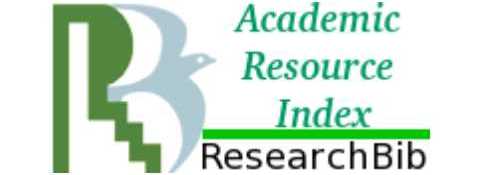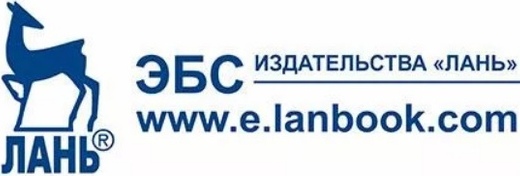Regional cultural tourism: representation of Russian classics in the cultural landscape of the as an example of a thematic literary tour
Cultural tourism, which appeared in the 80s of the last century, today is again becoming relevant and attractive in the development of the cultural sphere of the region and the city. Among other things, cultural heritage (military, historical, etc.) includes literary heritage, which is a kind of connecting, unifying link of culture of the regions of the country. The inclusion of national Bashkir writers and representatives of Russian classics in Ufa's literary tourism allows not only to enrich the existing local cultural urban landscape, but also to make it accessible to the public and attractive to guests of the city from different parts of Russia. The purpose of the article is to demonstrate the option of using little-known historical-literary material in practice on the example of Ufa, a representation of Russian classics in the cultural landscape of the city. As a result, the authors of the article established that the connection of historical, local and literary data into a single whole will allow to activate literary tourism both in a particular region and in the country as a whole. It is shown how valuable material can be used in the work of lecturers, tour guides, etc. during the preparation of historical, cultural and literary tours of the city and region. It is concluded that such an approach will make the city culturally attractive not only for citizens, but also for guests of the capital.
Khubbitdinova, N. A., Sultangareeva, R. A., Shagapova, G. R., Shakurova, Sh. R. (2022), ―Regional cultural tourism: representation of Russian classics in the cultural landscape of the as an example of a thematic literary tour‖, Research Result. Business and Service Technologies, 8(2), pp. 104-112. DOI: 10.18413/2408-9346-2022-8-4-0-8
















While nobody left any comments to this publication.
You can be first.
Afanasyev, I.P. (1984), L.N. Tolstoy in the Samara Volga region, Kuibyshev, pp. 61.
Bogatyreva, T.G. (2001), Modern culture and social development, M., Publishing House of the RAGS, pp. 170.
Voronkova, L.P. (2004), History of tourism and hospitality: tutorial, M., GRAND, Fair-Press, pp. 302.
Calero, C. and Turner, W. (2020), “Regional Economic Development and Tourism: A Literature Review to Highlight Future Directions for Regional Tourism Research”,Tourism Economics, Vol. 26, Issue 1, pp. 3–26.
Dostoevsky, F. M. (1883), Biography, letters and notes from the notebook of F. M. Dostoevsky: with a portrait of F.M. Dostoevsky and appendices. St. Petersburg, 122 р. [Online], available at: https://fedordostoevsky.ru/research/biography/007 (Accessed 5 Оctober 2022).
Dostoevsky, F.M. Coll. op. in 15 tt. L., (1988-1996), 855 р. [Online], available at: https://rvb.ru/dostoevski/toc.html (Accessed 5 Оctober 2022).
Egorov, P. and Chechuha, A. Aguide to the historical part of Ufa, Ufa, Belsky expanses, 208 р..
Istoriya Ufy. Kratkij ocherk. [The history of Ufa. A brief essay] (1981), in Asfandiyarov A. Z., Ganeev R. G. (ed.), Akhmadiev T. Kh., Ufa, 604 p.
Karpukhin, O.I. (1996), Сultural policy, M., pp. 239.
Leonidova, E.G. (2022), “Priorities and threats for the development of regional tourism”, Regionology, Vol. 30, 3, pp. 624-647.
Mamedova, N.M. (2017), Culture: tradition and modernity, M., REU im. G. V. Plekhanova, 95 р.
Pushkin, A.S. (1989), in M.G. Rakhimkulov (ed.) Bashkiriya v russkoj literature [Bashkiria in Russian literature], Vol.1, Ufa, pp. 24-48.
Selezneva, E.N. Cultural heritage in the context of historical cultural studies: monograph, Moscow, Rhythm, 301 р.
Silaev, A.T. (2013), “Literary tourism as a specialized effort of cultural and educational tourism”,Tourism and cultural heritage, Herald, 2, pp. 201-204.
Uzikov, Yu.A. and Naimushin P. А. (1977), What is your name, street? Ufa, 239 р.
Uzikov, Yu.A. (2007), Ufa street names, Ufa, 320 р.